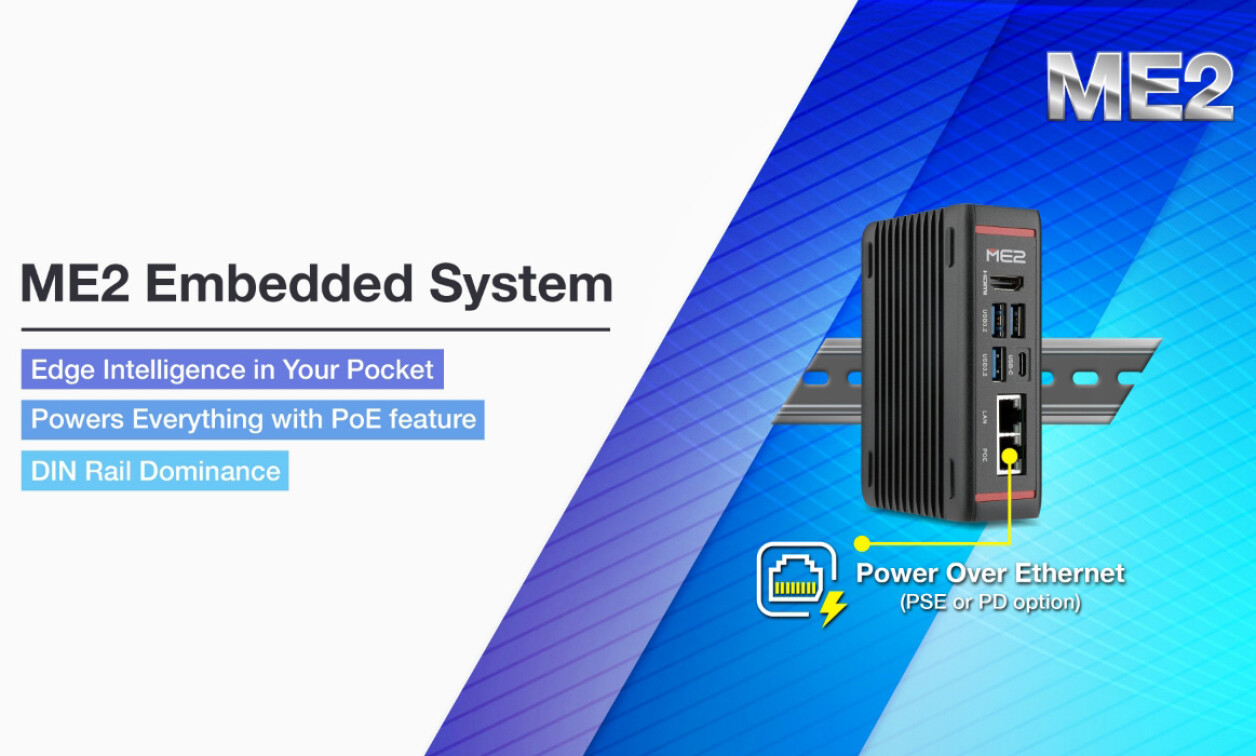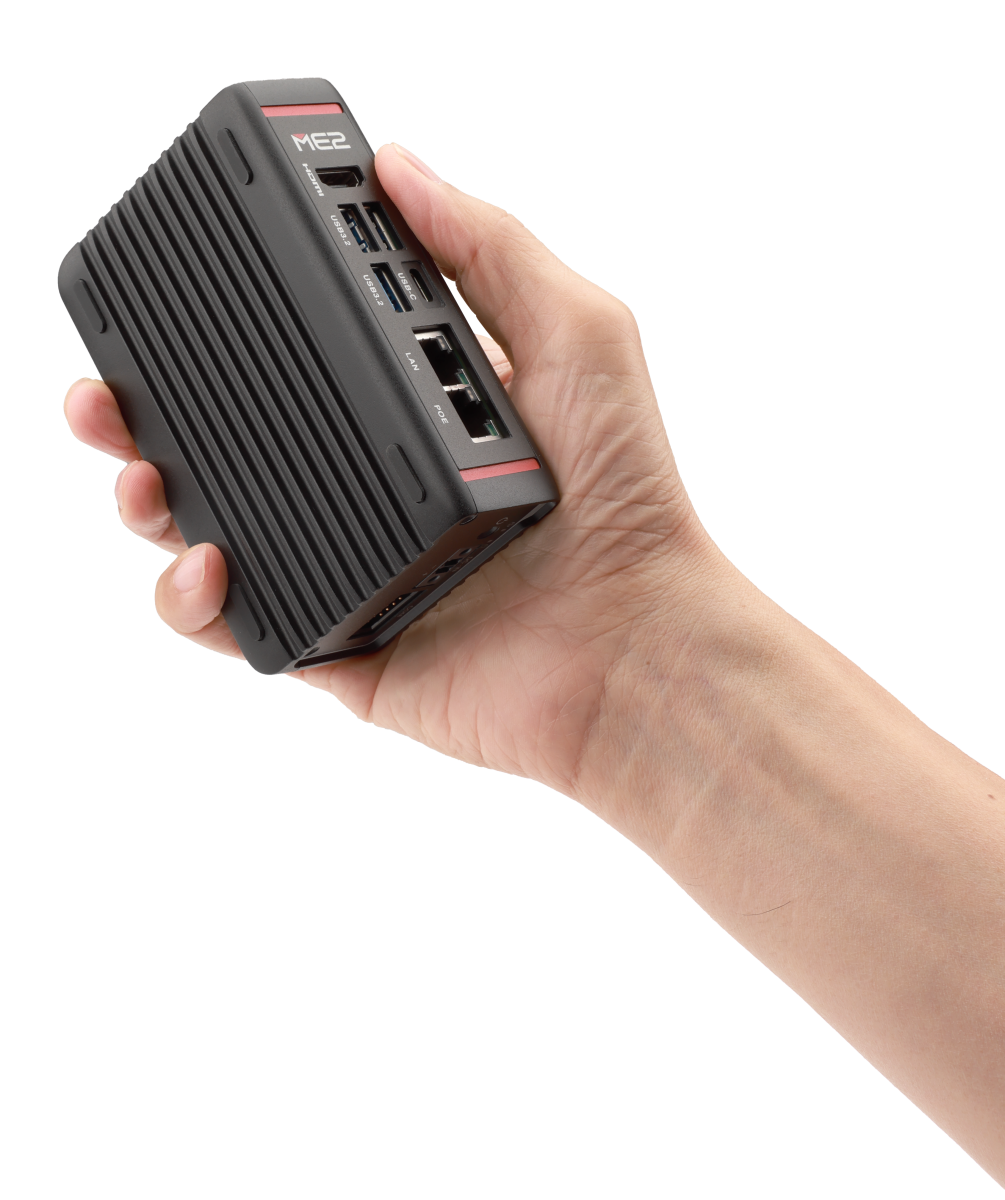October 14, 2025

Image Credit: MiTAC
Designing systems that incorporate Edge intelligence but find themselves in constrained spaces present a series of intertwined challenges that require careful balancing of performance, size, and reliability. One of the most pressing issues a developer must deal with is thermal management and associated power density. This is because high-performance CPUs like the Intel Core 3 and the heavy workloads generated tend to produce significant amounts of heat. And in compact enclosures, there’s typically very little room for airflow.
In these cases, engineers must design highly efficient thermal paths, usually relying on passive cooling techniques, while ensuring that the system can still deliver the required performance without throttling back on that performance. A secondary method is to employ a dynamic technique that reduces the times when maximum power consumption is needed. Power density adds another layer of difficulty, as systems must deliver computational capability without exceeding the limited power envelope of small form factors.
The need to support a wide DC voltage input, often ranging from 8 to 26 V, adds complexity as well. These systems may need to operate in an industrial-grade setting with fluctuating or noisy power sources, so robust power regulation and protection circuitry is critical. At the same time, operating in constrained environments, which could be vibration-prone machinery, high humidity, or sealed enclosures for example, requires ruggedization without adding bulk.
On the computational side, the area constraints mean that engineers could face limited memory capacity and bandwidth. This restricts the scale of models that can be run locally, often forcing the use of optimization techniques. Real-time processing, often a requirement in Edge-based applications, adds yet another hurdle, which grows quickly as workloads grow more complex.
Finally, connectivity can’t be taken for granted. Variable network conditions and bandwidth limitations mean systems must gracefully switch between Cloud-assisted and fully local operation, ensuring resilience and consistent performance under all conditions. And the constrained environment can sometimes equate to a noisy environment.
Unlike mainstream embedded Edge computers, which often prioritize general-purpose processing in less demanding environments, the platforms designed for constrained spaces must optimize around size, efficiency, and resilience. Traditional systems may have more room for active cooling, stable power sources, and robust connectivity, but compact Edge intelligence devices must manage heat passively, tolerate fluctuating DC voltage inputs, and still deliver high-performance processing. They also face tighter memory and bandwidth budgets, forcing engineers to use creative optimization techniques. Most importantly, these platforms must maintain real-time responsiveness and reliable operation despite variable network conditions and the harsh, space-limited environments they inhabit.
 The MiTAC ME2 embedded computer is an obvious choice for Edge-based intelligence applications in constrained spaces because it delivers the right mix of performance, efficiency, and ruggedness in a compact form factor. Developers can choose either a Twin Lake N N150 (Atom) or N355 (Core 3) CPU, with up to 16 GB of industrial-grade LPDDR5 memory
The MiTAC ME2 embedded computer is an obvious choice for Edge-based intelligence applications in constrained spaces because it delivers the right mix of performance, efficiency, and ruggedness in a compact form factor. Developers can choose either a Twin Lake N N150 (Atom) or N355 (Core 3) CPU, with up to 16 GB of industrial-grade LPDDR5 memory
Designed to fit into tight enclosures and operate safely and reliably, the ME2 provides flexible PoE for dual LANs and versatile I/O design (3x USB type A, 1x USB type C, 1x HDMI, 1x RS232/422/485) while maintaining low power consumption and supporting an operating temperature of -25°C ~ 55°C, all requirements of Edge deployments. In particular, it is perfectly tailored for most control gateway applications. This runs the gamut from intelligent surveillance, machine vision, quality inspection, and scanning stations (logistics, inventory management, automated product scanning etc.) in a smart factory.
The ME2 can operate form a wide DC input range (typically 8 to 26 V), which ensures compatibility with diverse power sources, including those found in industrial equipment and remote systems, all without the need for additional converters. The system integrates smart thermal solutions to handle high power density, enabling sustained operation without overheating, even in fanless or sealed environments.
In addition, the ME2 supports critical connectivity and expansion options, allowing designers to integrate vision systems, sensors, or wireless communications for real-time data capture and analytics. By balancing size, power efficiency, and compute capability, the MiTAC ME2 empowers engineers to deploy Edge intelligence in scenarios where traditional embedded computers may fail.
While the MiTAC ME2 embedded system is a clear choice for space-constrained environments, it delivers the required robust performance and industrial-grade reliability. In addition to a “pocket size” (118.5 by 80.4 by 39.5 mm), one standout feature is Power over Ethernet (PoE), which allows both power and data to be transmitted through a single RJ45 cable, simplifying installation and enhancing operational efficiency. Note that the system itself can run via PoE.
At the same time, the ME2 is built for durability and cost-effectiveness, as it features a rugged die-cast chassis and incorporates onboard industrial grade LPDDR5 memory and eMMC storage, providing a reliable platform without excessive cost. It’s engineered to withstand harsh conditions, operating reliably in temperatures from -22°C to 55°C, ensuring flexibility across industrial applications. Security is enhanced with onboard hardware TPM 2.0, and it offers a full-sized HDMI display output, and can also support a second display output via USB-C.
Designed for gateway applications, the ME2 supports compact DIN rail installation and delivers cutting-edge technology, making it a powerful, space-saving solution for modern industrial Edge intelligence deployments. It should be noted that a DIN rail embedded computer like the ME2 is designed to mount directly onto standard DIN rails, and moreover, it offers VESA mount options, commonly used in control panels and automation systems. These systems combine computing power, rugged construction, and low power consumption in a small form factor, making them ideal for space-constrained environments.
To summarize, compact DIN rail box PCs like the MiTAC ME2 are the obvious choice for space-limited applications due to their small, modular form factor, allowing easy integration into industrial chambers, PLCs, SCADA-controlled parking meters, and portable healthcare equipment. Their rugged design ensures reliable operation in harsh environments, while low power consumption minimizes heat generation and energy costs, making them suitable for continuous operation. Despite their size, these systems provide sufficient processing power for data acquisition, control, and Edge intelligence tasks.
The bottom line is that engineers working on space-constrained applications that need serious compute power should look closely at MiTAC’s ME2 DIN rail platform because it strikes a rare balance of high performance, ruggedness, and compact design. It comes with a host of CPU options and more than enough memory to handle such applications. With its global footprint and experienced engineering team, MiTAC gives the embedded community the confidence to deliver high-performance solutions in tight spaces without compromise. Contact the company today.
